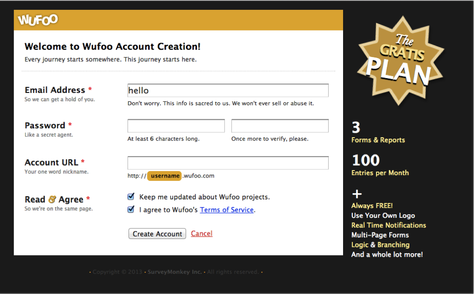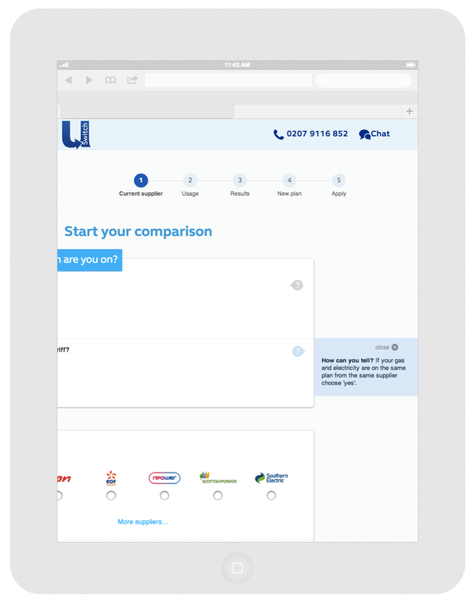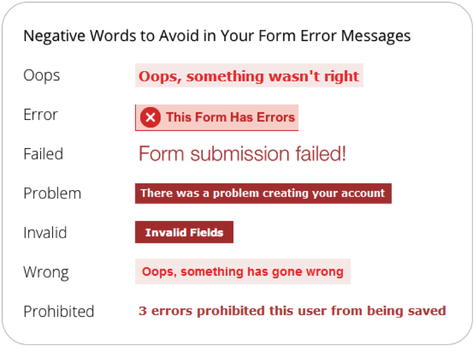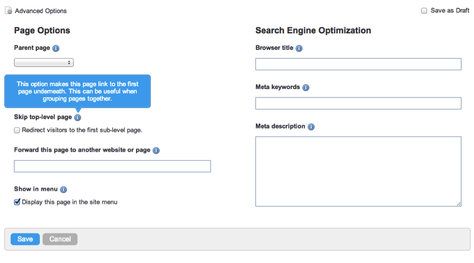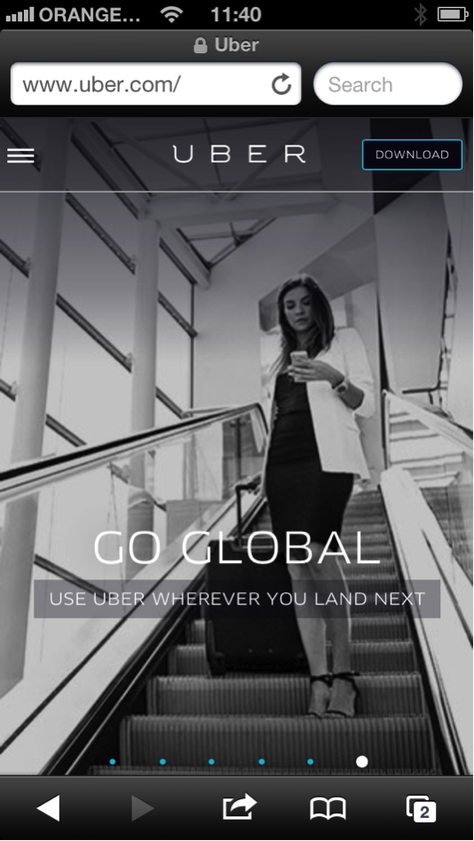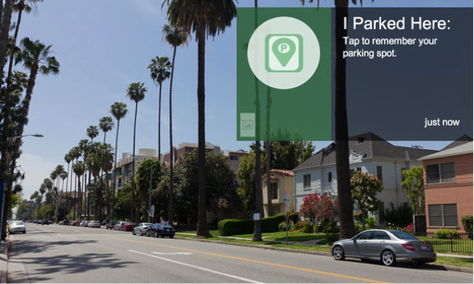A Very Brief Look at the History of Copywriting
Copywriting is the act of writing words to sell a product, service, person, or idea. It uses persuasive language to set the voice and tone of a brand in the hope that people will identify with and buy into it. Historically, copywriters have worked for large agencies or public-relations firms, pairing with Art Directors to write advertising copy that wins approval from the buying public. The famous Ogilvy ad shown in Figure 1 is part of one of the most successful messaging campaigns of the 20th century because of its enticing lead sentence: “At 60 miles an hour the loudest noise in this new Rolls-Royce comes from the electric clock.”
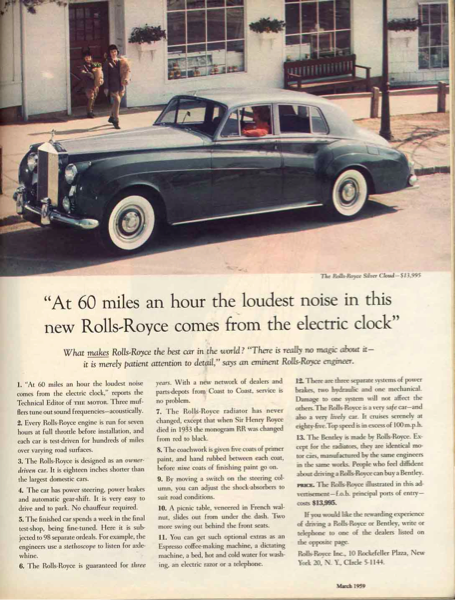
Starting in the late ’90s, the nature of copywriting began to change. The way in which people began consuming content changed the roles and responsibilities of copy, demanding both persuasive and contextually appropriate language that fit with a brand’s style and aesthetic across different channels.
Opportunities expanded, with email marketing and search-engine optimization spreading the act of copywriting to many working in different fields, such as information architecture and software development. Some technical writers, who used to write manuals explaining how to use products, began writing the copy to sell them. Further, social media like Twitter changed the way we approach campaigning, with character limitations setting a new standard for communications in business-to-consumer relationships.
Perspectives on Positioning and Messaging
Through his research,![]() Michael Aargaard of ContentVerve learned that copy almost always affects the decisions and actions of prospects. Your first words have the power to shape the way your users engage with your brand. In fact, 98% of the tests that Aargaard conducted on copy had a direct and measurable impact on conversions.
Michael Aargaard of ContentVerve learned that copy almost always affects the decisions and actions of prospects. Your first words have the power to shape the way your users engage with your brand. In fact, 98% of the tests that Aargaard conducted on copy had a direct and measurable impact on conversions.
Let’s take a look at a few examples of how we approach copywriting today. This is by no means a comprehensive compendium, but rather a starter collection of the different ways in which we write words to deliver our message across different channels.
Conversion Copy
Conversion copy, also known as advertising copy, includes headlines and calls to action that employ persuasive words to sell products and services. Often, conversion copy is text that reminds us about options to upgrade or makes us aware of a new feature. It’s also the text that most frequently gets A/B tested.
Optimizely’s Dan Siroker![]() believed that improving the page layout and calls to action on the splash page shown in Figure 2 were responsible for landing an additional $60 million in donations for Obama’s 2012 re-election campaign. While copywriting was only one factor among many, that number illuminates the large impact that key copy can have.
believed that improving the page layout and calls to action on the splash page shown in Figure 2 were responsible for landing an additional $60 million in donations for Obama’s 2012 re-election campaign. While copywriting was only one factor among many, that number illuminates the large impact that key copy can have.
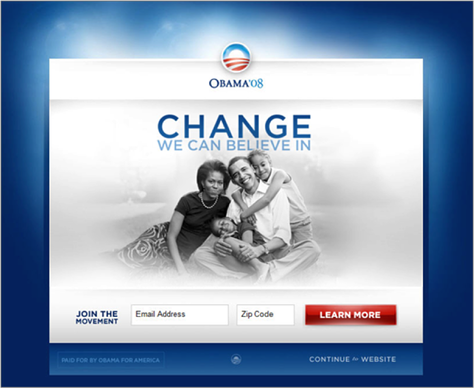
Microcopy
Copywriting is not all about headlines or calls to action. As UX legend Jeff Gothelf![]() noted back in 2010, words have the power to progress users through a journey.
noted back in 2010, words have the power to progress users through a journey.
The little copy elements that Bill Beard![]() recently referred to as microcopy are the text that makes or breaks a user experience. It may include different types of copy such as instructional text, labels, error messaging, or confirmations. As Beard rightly pointed out, these little messages really can the key elements of a brand in our fragmented world, because they not only help people to get started or move forward when they’re confused, but also reinforce a brand across channels. For example, as Figure 3 illustrates, when users sign up for a new account, WuFoo delivers a consistent brand message through its playful, yet helpful copy.
recently referred to as microcopy are the text that makes or breaks a user experience. It may include different types of copy such as instructional text, labels, error messaging, or confirmations. As Beard rightly pointed out, these little messages really can the key elements of a brand in our fragmented world, because they not only help people to get started or move forward when they’re confused, but also reinforce a brand across channels. For example, as Figure 3 illustrates, when users sign up for a new account, WuFoo delivers a consistent brand message through its playful, yet helpful copy.
